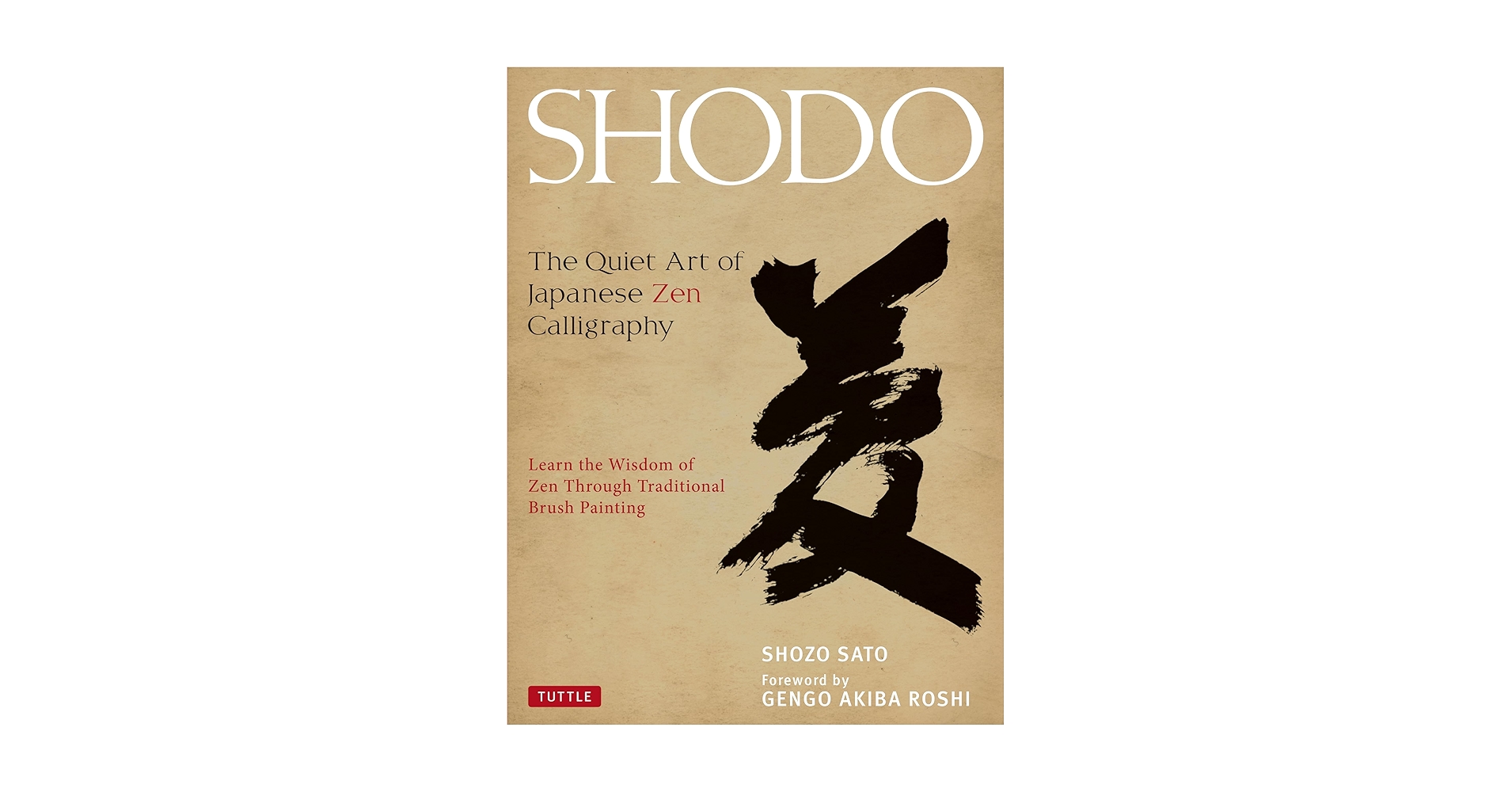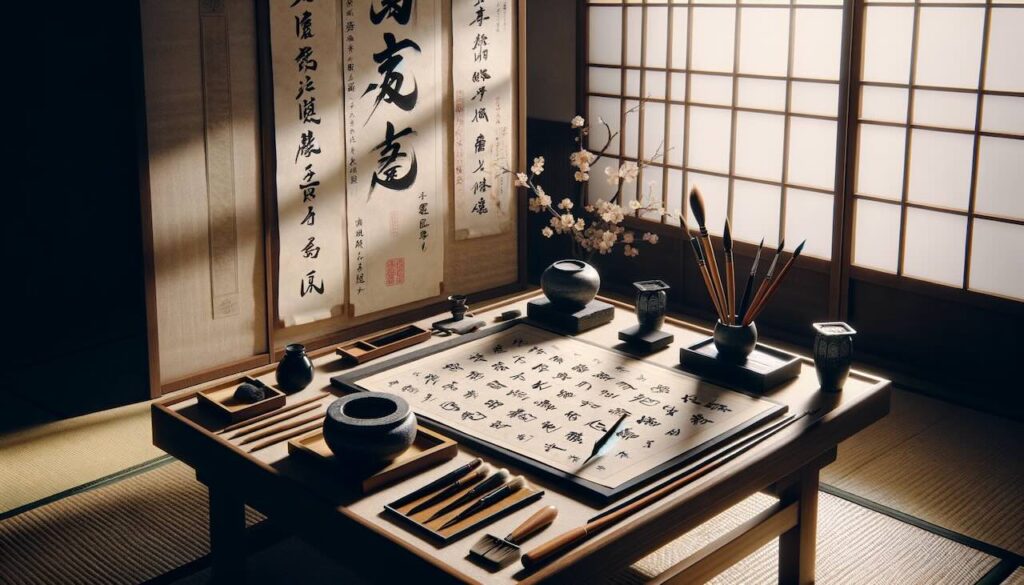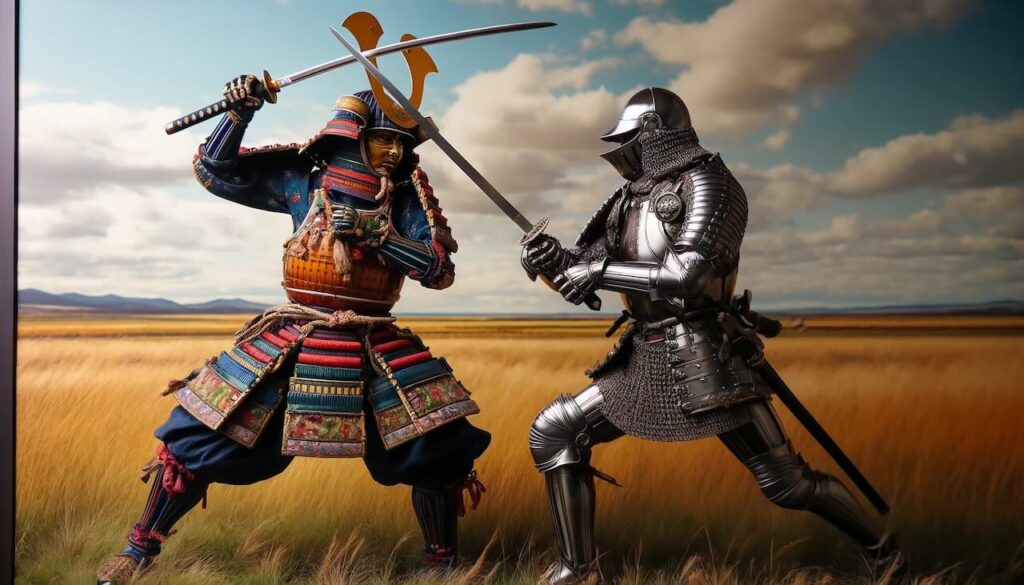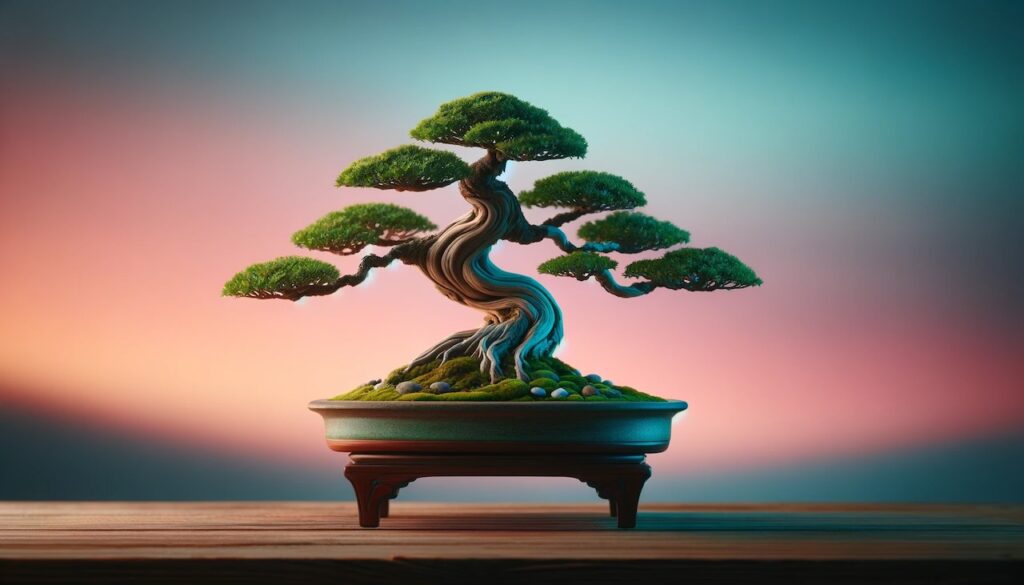Graceful, meditative, and deeply expressive, Shodō (書道)—the traditional art of Japanese calligraphy—is more than just writing. It’s a fusion of brush, ink, and spirit. From ancient Buddhist texts to bold modern installations, Shodō has evolved across centuries while remaining rooted in Japan’s cultural soul.
Let’s explore the origins, evolution, and modern revival of this iconic art form.
The Origins: A Chinese Legacy Transformed
Shodō began with the introduction of Chinese characters (kanji) to Japan in the 5th century. Alongside Buddhism and other cultural imports, the sophisticated art of Chinese calligraphy inspired early Japanese scholars and monks.
Classical texts like the Kojiki and Nihon Shoki—Japan’s oldest historical chronicles—reflect this early period of cultural transmission. At first, Japanese calligraphers closely followed Chinese styles, but it wasn’t long before they began shaping something uniquely their own.
The Heian Period: Birth of Japanese Aesthetics
The Heian period (794–1185) marked a golden age for Shodō. With the invention of hiragana and katakana, Japanese script evolved beyond Chinese forms, allowing for more expressive and native writing styles.
- Ono no Michikaze, often considered the father of Japanese calligraphy, created masterpieces such as Fukinuki-sho and Konkomyo Saishō-kyō, blending refinement and spiritual depth.
- Fujiwara no Sari established the Sari-ryū style, while Fujiwara no Yukinari brought poetic elegance to life in the famed Sanjūrokunin Kasenzui, a calligraphic anthology of waka poetry.
These developments anchored Shodō as a central expression of Japanese court culture.
Zen and Brush: Kamakura to Muromachi Periods
During the Kamakura period (1185–1333), Zen monks like Eisai and Dōgen brought renewed Chinese influence through scripts like sōsho (cursive) and gyōsho (semi-cursive). Their calligraphy emphasized spiritual discipline and the expressive potential of the brush.
- Notable works include the Heike Nōkyō sutra scrolls and the meditative texts of Enkōan Shikan.
In the Muromachi period (1336–1573), the lines between calligraphy and painting blurred:
- Sesshū Tōyō, a master of ink landscapes, explored this synthesis in pieces like Autumn and Winter Landscapes.
- Zeami, the Noh dramatist, left behind elegant scripts that mirrored the rhythm and restraint of his theatrical works.
Edo Period: Calligraphy for the People
The Edo period (1603–1868) democratized calligraphy. Through terakoya (temple schools), even commoners learned basic brushwork, making literacy and artistic practice more accessible.
Key figures include:
- Hon’ami Kōetsu, celebrated for his bold and dynamic style in works like Shunkyō-jo
- Konoe Nobutada, whose rendition of the classic Senjimon poem remains iconic
- Iwasa Chōkei, known for pushing stylistic boundaries with works like Zenkan Sekirui
This era made Shodō both a high art and a personal practice.
Meiji to Modernization: Shodō Goes Global
With the opening of Japan during the Meiji era (1868–1912), Shodō entered the international stage. Traditional works were exhibited abroad, including Kūkai’s legendary Fushimi-jo, which garnered acclaim at the 1881 Paris Exposition.
Key Meiji and Taishō-era figures:
- Hidai Tenrai, known for his elegant transcription of the Shin Kokin Wakashū
- Kusakabe Meikaku, who focused on preserving ancient techniques through works like the Man’yōshū
These artists helped bridge Japan’s heritage with a growing global appreciation for calligraphy.
Contemporary Shodō: Innovation Meets Tradition
Today, Shodō thrives as both tradition and contemporary expression. Calligraphy remains a part of school curricula, and public exhibitions showcase the art in all its evolving forms.
Modern masters include:
- Takeda Sōun, who integrates calligraphy with graphic design and branding, making classical forms accessible to a wider audience
- Nakabayashi Gochiku, known for large-scale calligraphy performances and installations that blend visual art with spiritual storytelling
Through such artists, Shodō continues to push boundaries while honoring its rich heritage.
Conclusion: Ink, Soul, and the Flow of Time
Shodō is more than ink on paper—it is a meditative, expressive dialogue between artist and brush, culture and spirit. From ancient sutras to avant-garde performances, Japanese calligraphy continues to captivate audiences with its balance of elegance and emotion.
In every brushstroke lies centuries of discipline, beauty, and philosophy—inviting us not just to read, but to feel the character of a culture.



